#escaflowne mecha
Explore tagged Tumblr posts
Text

Animedia No. 189 October 1996
Character Design: Hiroshi Ōyabu
Mecha Design and Backgrounds: Hirotoshi Sano
Source, personal collection.
207 notes
·
View notes
Text

Escaflowne & Sherazade by Gunbam
61 notes
·
View notes
Text





Although it's late by two days, Happy 24th Anniversary to the Escaflowne the Movie: A Girl in Gaea! This action-adventure anime film with breathtaking animation hit Japanese movie theatres on June 24th, 2000 and later appeared in cinemas in Europe in 2001 and in North America in 2002.
Here is a selection of official promotional art for the movie found on the online art gallery Minitokyo.
In my opinion, the story and characters are not nearly as engaging in the movie version but the animation is amazing. I also like the character designs and the earthy sword and sorcery aesthetics with an apparently Central Asian and Japanese cultural flavour. What's your opinion of the Escaflowne movie?
#escaflowne#vision of escaflowne#tenkuu no escaflowne#tenku no escaflowne#escaflowne a girl in gaea#van x hitomi#escaflowne the movie#anime movies#japanese animation#anime and manga#wings#mecha#sword and sorcery#90s anime aesthetic#angels#dark fantasy#nobuteru yuki
68 notes
·
View notes
Text
Shoji Kawamori, The Creator Hollywood Copies But Never Credits

34 notes
·
View notes
Text
An Abbreviated History of Mecha Part 4.2: A Grand Glorious Gathering (1996-2000)

Welcome back to An Abbreviated History of Mecha! Last time we left off, the Lost Decade had just begun, Gundam got a radical makeover, CLAMP came onto the scene, Takara created a replacement for Diaclone, and Evangelion would begin its run on television. What we'll see now is the rise of a lot of fan-favorite shows in this era, but we will also see the sudden appearance of a third honorary mecha series. We will also see why [adult swim] is going to play a big picture in all of this, as they will begin to get more involved with the production of anime. With all of that out of the way...
Big O!
Showtime!

Pocket Monsters/Pokemon (1996, honorary mecha show 3)
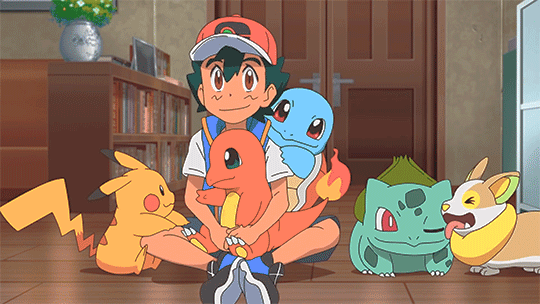
Pocket Monsters, or Pokemon for short, is a multimedia series created by Satoshi Tajiri and the folks at Game Freak, Creatures, and Nintendo that would round out the four anime that would make anime mainstream alongside Dragon Ball Z, Sailor Moon, and Gundam Wing. The reason why Pokemon is worth mentioning in a series about mecha is due to the nature of a lot of mecha stories, primarily those involving giant robots: Pokemon would grow to eventually become the single largest franchise OF ALL TIME. And as it is a franchise that is aimed primarily at children, this would prove to be one of many things that would help in the decline of giant robot stories, as a lot of the giant robots of old relied heavily on merchandise sales (namely in the form of toys) in order to be successful. Now that Pokemon is in the picture, there is competition, especially since Pokemon's video games would be published by a little company known as Nintendo.
Fortunately, Pokemon wouldn't become the highest-selling franchise of all time just yet. It would take a couple of years for that to happen.
Martian Successor Nadesico (1996) & Martian Successor Nadesico: The Prince of Darkness (1999)
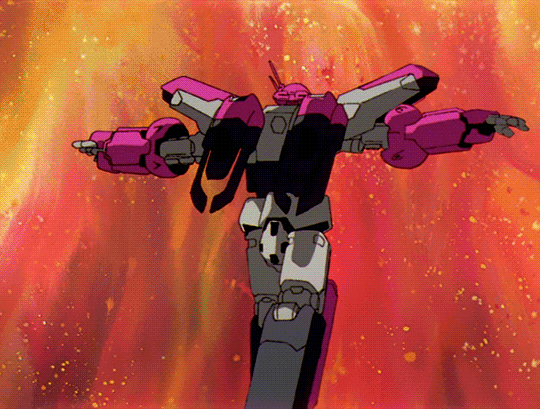
Produced in 1996 by Xebec, Martian Successor Nadesico would be the first series since the original Gundam to really take a swing at subverting and/or deconstructing the giant robot. Primarily a screwball comedy, Nadesico is known for its extensive use of its show-within-a-show Gekiganger 3 (a pastiche of shows like Getter Robo) to foreshadow events that would happen later on in the story.
Nadesico proved to be popular, but that chance of becoming something more would peter out with the release of the Prince of Darkness movie in 1999.
After War Gundam X (1996)
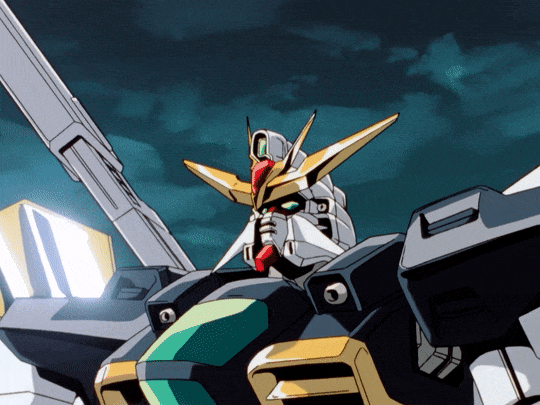
Also releasing in 1996 was After War Gundam X, a series that would suffer from the fact that it would be the fourth Gundam series in a row on television. Not helping things is the fact that Gundam X would infamously have its episode count reduced from the then-standard 50 episodes to 39, and then it would also be moved to the Japanese equivalent of the Friday Night Death Slot.
It would remain in obscurity for years until 2013 when Gundam Build Fighters would feature a protagonist whose primary gunpla kit would help to bring the series back into the spotlight.
The Vision of Escaflowne (1996)
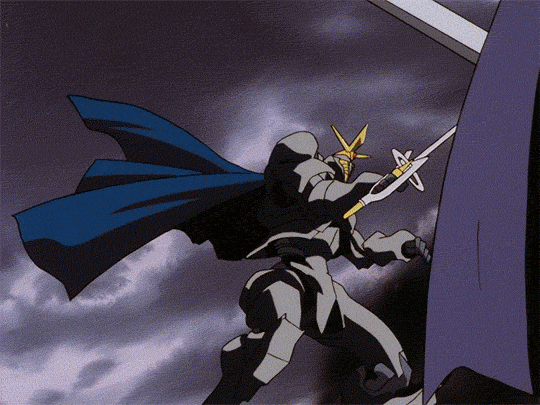
When one thinks of older mecha isekai shows, they are usually thinking of 1996's The Vision of Escaflowne. Escaflowne, unlike its older sister series Magic Knight Rayearth, would feature its giant robots more openly in a truly even blend of mecha action, fantasy adventure, and romance.
Armored Core (1997)

1997 would see the release of legendary game development studio From Software's Armored Core. Featuring mechanical designs by Shoji Kawamori of Macross fame, Armored Core would see the player navigate through a world of high speed mecha action and hair-tearing difficulty that would become a trademark of FromSoft's future games.
Cowboy Bebop (1997)

Cowboy Bebop would be the brainchild of one Shinichiro Watanabe. Released in 1997, Cowboy Bebop would take Japan by storm due to its mix of science fiction with the aesthetics and tropes of the western. Part of Cowboy Bebop's legacy has less to do with its popularity in Japan and more to do with how well it did in the west: which was very well.
Like "Cowboy Bebop was part of what made [adult swim] successful in the early days" well. If the quartet of Dragon Ball Z, Sailor Moon, Gundam Wing, and Pokemon made anime mainstream, then Cowboy Bebop would be the one that would prove to the mainstream that anime wasn't just for children.
The King of Braves, GaoGaiGar (1997)
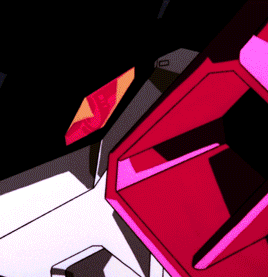
Speaking of anime geared for children, 1997 would also see Takara's Brave franchise peak with its final entry: The King of Braves, GaoGaiGar. Acting as an homage to the original Brave Exkaiser, GaoGaiGar would go down in legend as one of the most hot-blooded mecha shows of the 90's, second only to fellow Sunrise production Mobile Fighter G Gundam. Unfortunately, GaoGaiGar would see its viewership falter due to the success of the Pokemon anime, which would bring an official end to the Brave franchise. But it would not be the end of GaoGaiGar's story just yet, as the production staff got to work on another series that would serve as a spiritual sequel to The King of Braves.
Full Metal Panic (1998)
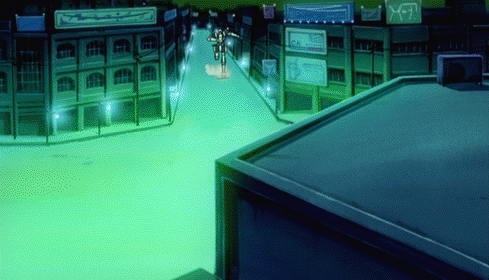
In 1998, the light novel Full Metal Panic! would be published by Fujimi Fantasia Bunko. Written by Shoji Gatoh, Full Metal Panic would blend elements of giant robot sci-fi with elements of the romance, slice-of-life, and comedy genres. The series would eventually branch out into manga and anime at the turn of the millennium and prove to be one of the big hits of the early 2000's.
While the original light novel along with its manga counterparts would wrap up their stories eventually, the anime would ultimately be abandoned after the release of its fourth season, Invisible Victory, in 2018.
Dai Guard (1999)
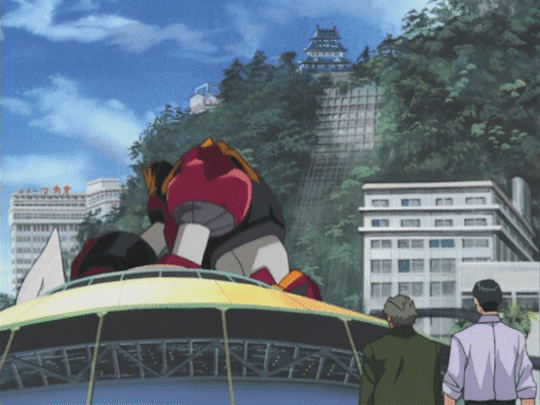
What if you took Getter Robo, made it adhere to real-world physics as much as possible, and then have be piloted by a trio of office workers who have to also navigate a lot of corporate red tape on top of the military trying to undermine their endeavors? That's more or less 1999's Dai-Guard in a nutshell. And don't let that fool you: the giant robot is still as cool as any other giant robot, regardless of the hoops the main cast have to go through just to use the damn thing.
Turn A Gundam (1999)
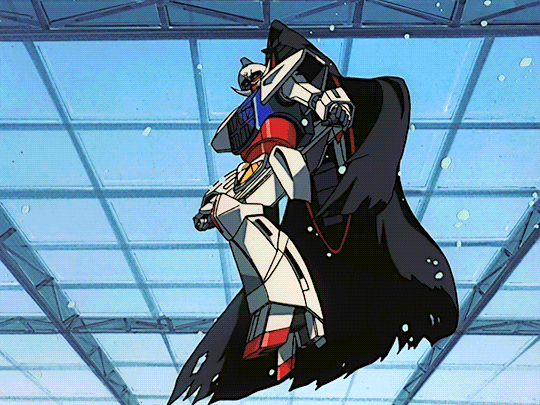
Meanwhile at Sunrise, Yoshiyuki Tomino would return to the directing chair for 1999's Turn A Gundam as a way to celebrate Gundam's 20th anniversary. Turn A would feature a very unique set of mechanical designs courtesy of Syd Mead, who was known for his work on Blade Runner, Tron, and Aliens. This series would also mark the end of Gundam's use of cel animation, as the next Gundam series would be the first to use digital animation. As a result, the animators went all out on Turn A Gundam's animation as a proper send-off to cel-animation.
Unfortunately, while Turn A is often regarded as one of, if not the, best Gundam series, its lackluster performance during its initial run would not be enough to help Gundam out. It wouldn't be until 2002 when Gundam would become a major hit again.
Xenogears (1999)
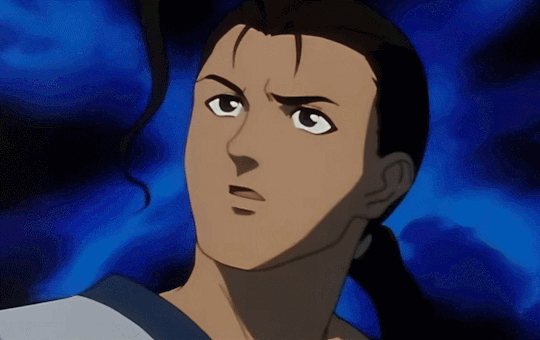
Directed by Tetsuya Takahashi, Square Enix would release the JRPG Xenogears in 1999. Xenogears would differentiate itself from the competition by combining a combo-based JRPG with giant robots and Gnosticism. A lot of Gnosticism. Unfortunately for Takahashi and company, Xenogears would prove to be a tad bit more ambitious than expected, and boy is that oversimplifying what happened to Xenogears. Suffice it to say that what happened to Takahashi and company to form Monolith Soft under Namco. But, like a lot of other things covered here, that is a story for another time.
Betterman (1999) & The King of Braves, GaoGaiGar FINAL (2000)
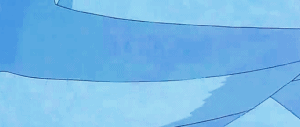
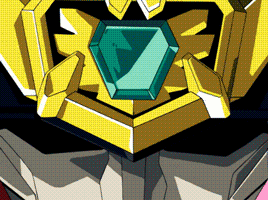
Reuniting for a spiritual sequel to The King of Braves, GaoGaiGar, the same animation team would create Betterman. Taking a turn to being darker and edgier than its older brother GaoGaiGar, Betterman would be the basis for the OVA finale The King of Braves GaoGaiGar FINAL adding things like a darker storyline, fanservice, and, weirdly enough, more HOT BLOOD.
Unfortunately, plans for the two series to have a crossover would fall apart as Takara shuttered the Brave franchise for good after GaoGaiGar FINAL. It wouldn't be until about 2018 that the two would finally get to meet in The King of Kings: GaoGaiGar vs Betterman.
The Iron Giant (1999)
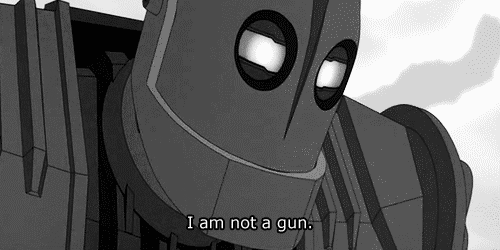
Released in 1999 by Warner Bros., The Iron Giant would be the directorial debut of one Brad Bird (the guy who did The Incredibles, among other things). Set in the 1950's, The Iron Giant would tell a story similar to that of the original Godzilla, though in the case of The Iron Giant, the titular character would be treated with much more sympathy due to his earnest attempts at trying to not destroy the town.
The Big O (1999-2003)
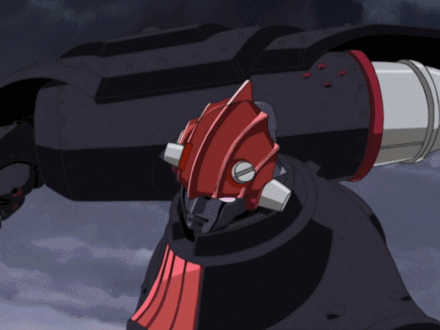
Created in 1999 by Sunrise, The Big O was a mecha show influenced by American media like Batman. Helmed by most of the people who worked on the Giant Robo OVA alongside the controversial Chiaki J Konaka, The Big O was supposed to be a more commercial spin on Giant Robo. Which is wild, because the series was cancelled after its first season in Japan.
Fortunately, that little American channel called [adult swim] would come to the rescue and produce the second season, as The Big O was a big success in the US.
For more on The Big O, I'd recommend Argonbolt's video On The Big O.
Throwbots (1999)

And finally, LEGO would release the Throwbots series of toys for their Technic line in 1999. Throwbots would prove to be moderately successful, but it's legacy is most known for being the predecessor to BIONICLE.
Conclusion
And that's a wrap on the 90's. As we have seen, the last two decades have been a big boon for mecha, though this would be soon to pass in the following decades. What we will begin to see in the following decades is a change to how anime in general is produced. You can even see it as early as 1999 with some shows such as Dai-Guard using digital animation as opposed to cel animation. The 2000's will see digital animation become the primary way shows get animated, though there will be growing pains. It should be interesting to note that cel animation doesn't go away in its entirety until 2015 when the last holdout, one Sazae-san, finally gave up the cel-animated ghost.
"The journey was long, but soon I found myself accompanied by a strange man in a black tuxedo. I couldn't tell if he was friend or foe, but he looked like he was about to faint from starvation. I think I remember him saying his name was Van... Van of... I don't remember what his title was anymore, he kept on changing it every time I asked him."
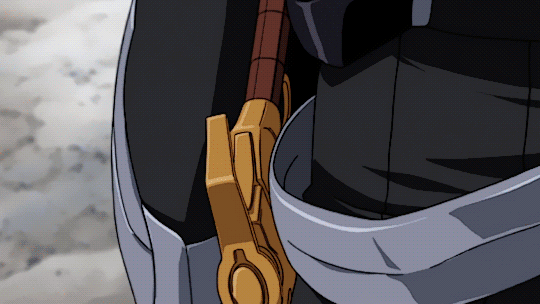
#anime and manga#mecha#the king of braves gaogaigar#gaogaigar#the big o#dai guard#turn a gundam#after war gundam x#mobile suit gundam#martian successor nadesico#full metal panic#xenogears#the vision of escaflowne#better man#armored core#the iron giant#cowboy bebop#pokemon#throwbots#an abbreviated history of mecha
42 notes
·
View notes
Text


I LOVE SCREENSHOT REDRAWSSSS
#yk i have a new interest when i redraw a screenshot of it#escaflowne is so underrated#screenshot redraw#redraw#escaflowne#mecha
16 notes
·
View notes
Photo


Tenkuu no Escaflowne (104 sheets) has been added to the WIP section (https://patreon.com/setteidreams).
#Tenkuu no Escaflowne#Escaflowne#Vision of Escaflowne#mecha#retro#settei#model sheets#production artwork#anime#character design#animation#line art#character sheet#reference#inspiration#art reference#art inspiration#art ref
168 notes
·
View notes
Text
I wanna pilot a guymelef (technically just a melef)
I don't need to use it for combat or anything; acting as a glorified forklift operator would be enough.
I wanna be trapped and strapped into a machine that needs so much effort to move but that magnifies my physical power in the world.
It wouldn't fix me, but it would fulfill something in me.
Whenever I try to look up clips of Van operating Escaflowne, there's equal focus devoted to the opening and closing of the cockpit, and the action of gears and stranger devices doing unknown work in unspecified parts of the machine. I don't care about any of those shots.
I focus on the shots of Van putting his arms through the sleeves and his feet in the boots, with the restraints that act against him to keep his limbs firmly in place as he exerts all of his strength to move Escaflowne's limbs.
I want to watch all of the shots where Van wildly throws and bucks his shoulders around in the harness, FORCING Escaflowne to turn and swing its body as fast as possible. He needs to give it his all; any smaller effort would yield a response too slow to keep up with his enemies in the clash of life and death.
The machine is at once weighing Van down and lifting him up; resisting him and empowering him. He's an armored giant; he's an enormous target. He's trapped and free.
11 notes
·
View notes
Text
Gonna start posting my mecha reviews from Tiktok on here, starting with my most recent!
11 notes
·
View notes
Link
Vision of Escaflowne Button and Bookmark by DannimonDesigns
3 notes
·
View notes
Text

Dilandau Albatou
The Vision of Escaflowne Complete ~Memory of Gaea~ (1996)
Illustration by Yutaka Nakamura
39 notes
·
View notes
Text
Hi fellow Escaflowne fans! Please check out this new community group I created to help our fandom network and share our fan works and posts related to this treasure of an anime.
#escaflowne#vision of escaflowne#tenkuu no escaflowne#escaflowne a girl in gaea#escaflowne characters#escaflowne doujinshi#escaflowne fan art#escaflowne fanart#escaflowne meme#escaflowne meta#tenku no escaflowne#the vision of escaflowne#visions of escaflowne#anime#anime and manga#90s anime#1990s#dark fantasy#isekai#sword and sorcery#dungeonpunk#dragons#mecha
13 notes
·
View notes
Text
Mecha designer Kimitoshi Yamane



Clione is a genus of small, floating sea slugs, pelagic marine gastropod mollusks in the family Clionidae, the sea angels.[2] (From Wikipedia)

Clione limacina (Phipps, 1774)
20 notes
·
View notes
Text
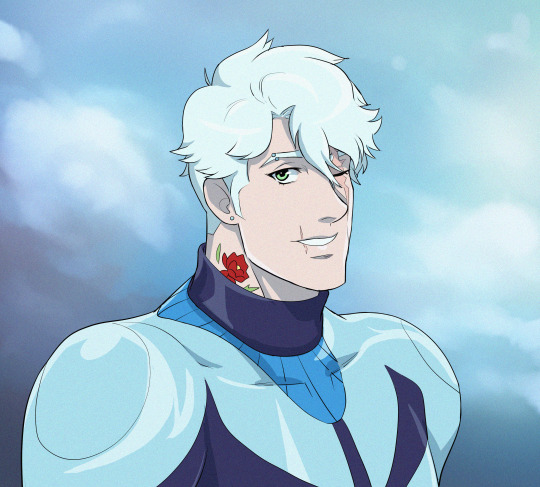

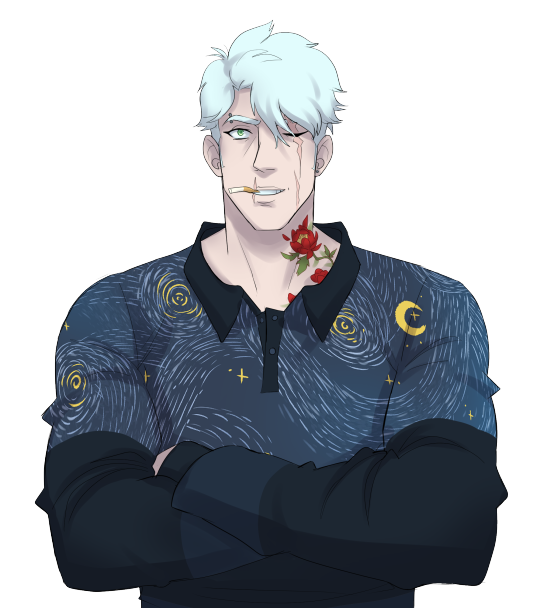
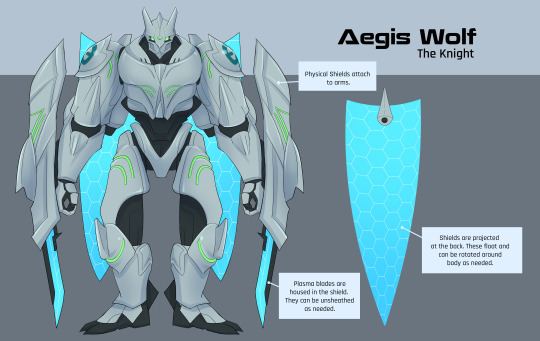
My buddy is going to be running a short homebrew mecha game while our DnD campaign goes on a short hiatus. Got the mecha brain worms, so I did a bunch of art...
Arnou Grey, pilot of the Aegis Wolf, a Knight class, which is essentially the team tank. He's beefy as heck. Wanted to try doing a portrait in the style of Escaflowne 'cause...childhood...
#mecha art#sci fi & fantasy#ttrpg character#ttrpgart#character design#arnou grey#aegis wolf#escaflowne#ed12
8 notes
·
View notes
Text
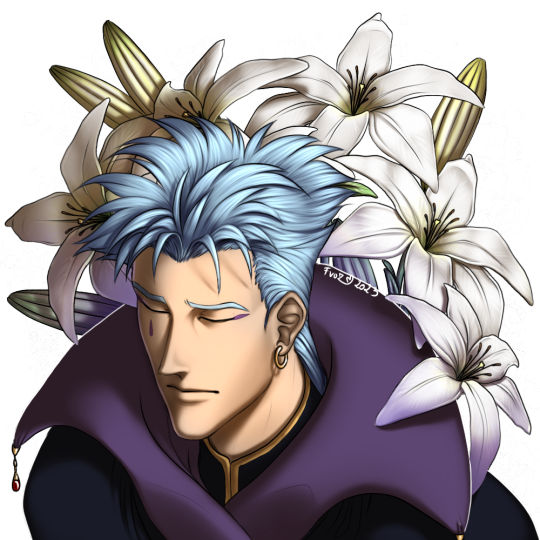
More of Escaflowne because im feeding a friend with it XDDD Folken was such an interesting guy. Reason would say he wasnt that bad but he don goofed so badly so i will take pity on him XD Im drawing more people now it seems, there i go with some old animes and fandoms altho not many ppl know this anime which is shame~
#vision of escaflowne#folken fanel#folken#fanel#fanelia#frozenhaart#my stuff#fanart#anime#show#romance#mecha#digital drawing#procreate#drawing#1990s
46 notes
·
View notes
